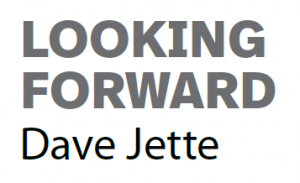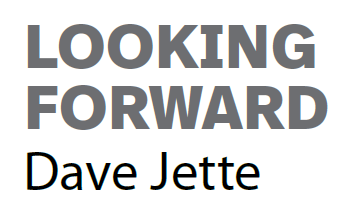My April column explained what socialism is and what it isn’t. However, to effect actual change, we need something concrete to advocate for and organize around. Without a shared map of the territory, the idea of adopting socialist principles remains pie in the sky. The long censorship of the idea of socialism (to say nothing of communism) in the US has diminished the resources available for collectively imagining our future.
Fortunately, a concrete model has been worked out in great detail by the British intellectual Ralph Miliband in his book Socialism for a Sceptical Age. Other models based on socialism as laid out in the prior column may also be valid, but Miliband’s model is the subject of this column and all citations are from his book.

Miliband presents a model of a mixed economy as the goal of the society which socialists should strive for, rather than a society transitioning to a higher stage
(e.g. “communism”).
A socialized economy would consist of three distinct sectors. First, there would be a predominant and varied public sector. Secondly, there would exist a substantial and expanding cooperative sector. Thirdly, there would endure a sizable privately owned sector, mainly made up of small and medium firms, with an important part to play in the provision of goods, services, and amenities
(p. 110).
The public sector in this model includes state ownership of the banking and financial system and of the immense corporations that today combine to control our political system for the benefit of the extremely wealthy (“the 1%”). State ownership (“nationalization”) would be acquired not by outright confiscation, but through compensation by issuing government bonds
redeemable over an extended period of time; and a considerable degree of differentiation would also have to be made between small and large investors, with facilities for more rapid redemption available to small investors. (pp. 109-110).
The public sector would also include activities undertaken by regional and municipal authorities, particularly in the provision of services and amenities such as transportation, electricity, water and sewage, daycare centers, and community centers, to name but a few. Such economic activities are often already “owned” by the public, but under neoliberalism they are increasingly being privatized so that the wealthy can squeeze even more money out of the public.
Public enterprises would have a considerable degree of autonomy, unlike the bureaucratic Soviet system of rigid, top-down planning. Nonetheless, the government would be able to intervene in certain activities—sparingly applied—“to ensure compliance with its macroeconomic policies and objectives, and with its concerns about health and safety, employment, and the rights of workers” (p. 110). There also must be
the greatest possible degree of participation in the determination of policy by everyone employed in the enterprise who wishes to be involved, and the attribution of real power to employees in regard to all issues which directly affect them—for instance, health and safety, the process of production, conditions of work, etc. (p. 111).
Miliband calls for the government actively to strengthen the cooperative sector of a socialist economy, in the field of production as well as distribution, and in the provision of services. He points out that such enterprises now play a very subsidiary role in capitalist economies.
Finally, a wide range of small and medium-size firms, individually owned and controlled, would comprise a sizable sector of the economy and their existence would be considered a permanent feature. According to Miliband, the inclusion of a private sector
introduces an additional element of competition in the provision of goods, services, and amenities. It gives the opportunity to individuals who are so inclined to try their hand at independent ventures, and to experiment with new products and services. A socialist regime would not only find this acceptable, but would actively encourage such individual initiatives. But it would at the same time see to it that the private sector remained a subsidiary part of the economy as a whole. (p. 113)
All of these economic enterprises would be subject to competition from one another. A critical proposition in this model is that the economy is regulated. As Miliband puts it, in our current system, market forces are the ultimate determiners of economic life. Government and the society that sustains it have handed responsibility for deciding what needs to be done for the common good and the achievements of social justice to these “market forces” and the private interests they represent. The mixed economy model described by Miliband makes a critical shift by subordinating the economy to the government and the society it represents.
This column only introduces some salient aspects of Miliband’s model of socialism; to really understand it, one should read his book, especially its fourth chapter. But even in skeletal form, this provides a coherent conceptual model and a solid answer to what socialism could mean in real life, and how it could be politically practical to embark on a fundamental transformation of our current capitalist economy.
Dave Jette has been involved with Works in Progress since its beginnings, writing an early column and recently contributing occasional articles. He is the author of A Reformation of Dialectical Materialism, which incorporates feminist theory into a traditional Marxist framework (available at www.lulu.com).


Be First to Comment